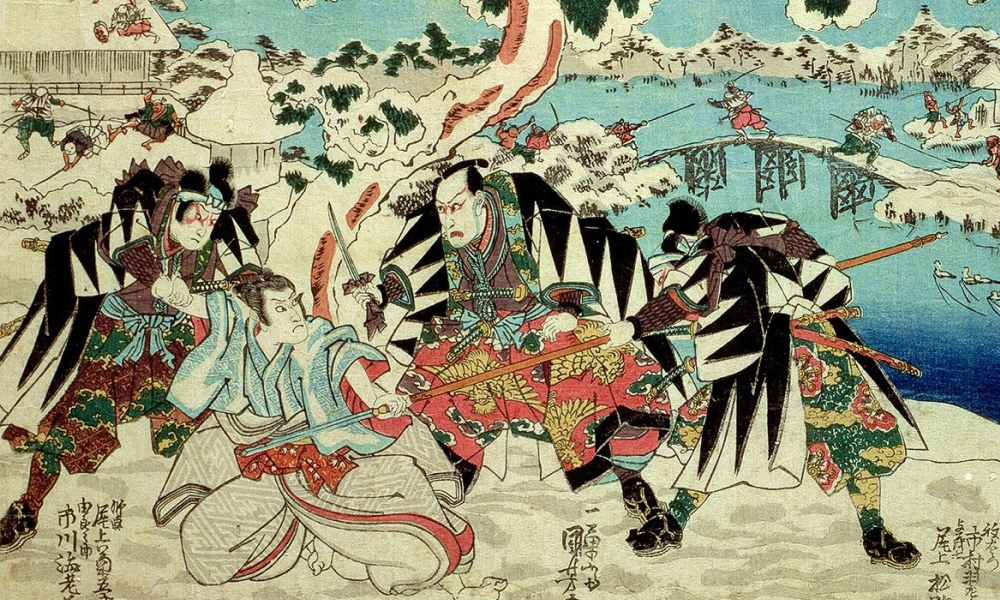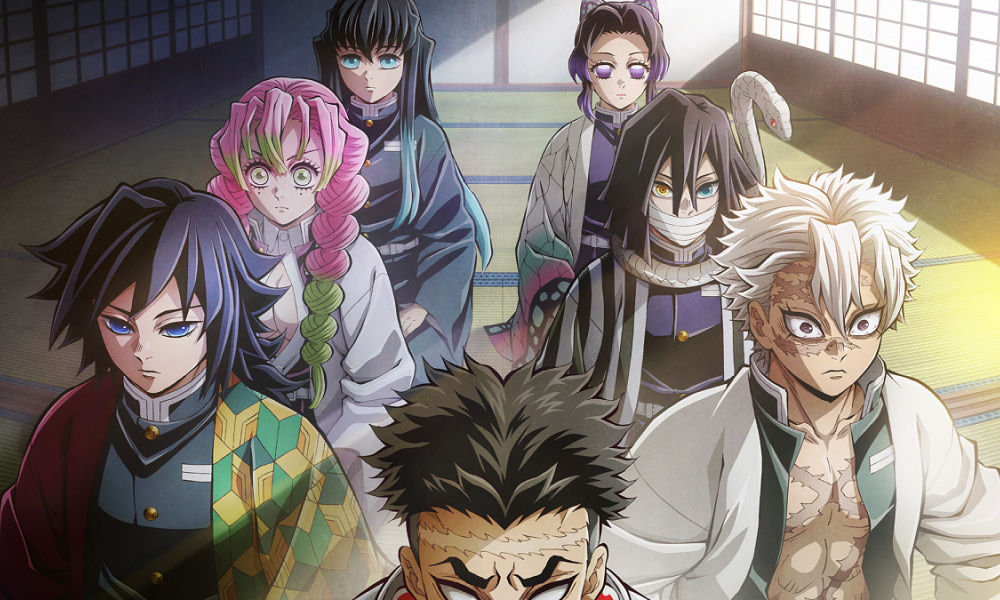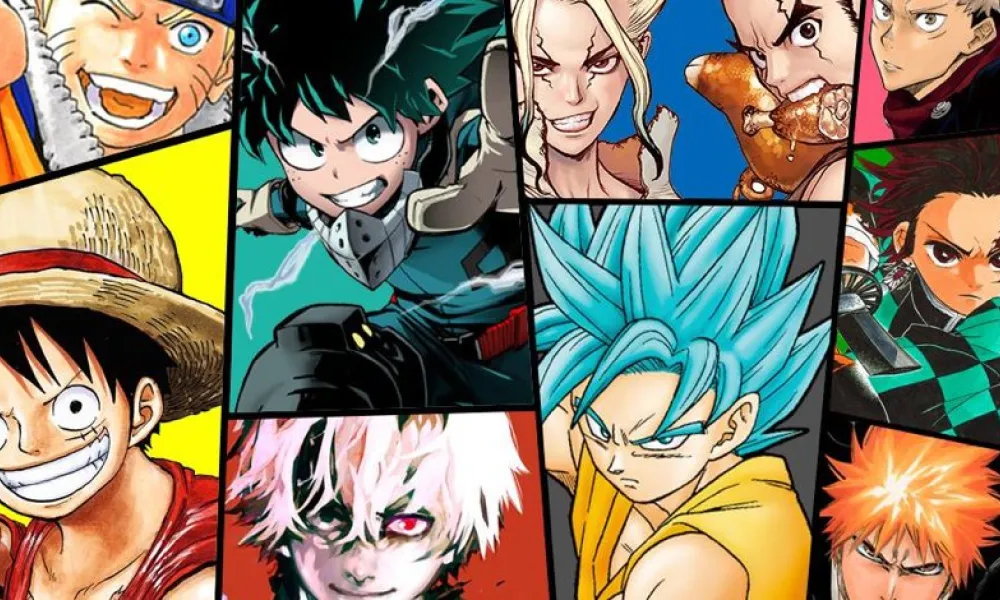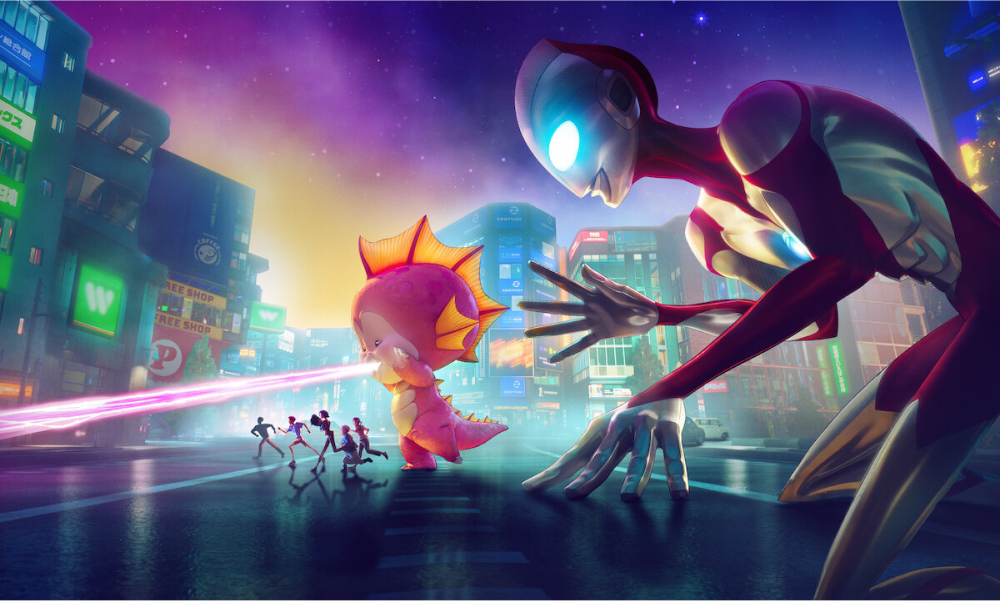In Japanese Fighting Heroes: Warriors, Samurai and Ronins, Jamie Ryder offers a powerful look into Japan’s legendary figures. Individuals whose stories continue to shape society and culture now. This isn’t just a book about warriors; it’s a deep dive into the way Japanese fighters have influenced everything from social norms and public opinion to pop culture, TV shows, and even popular music.
Blending folklore, historical research, and modern reflections, Ryder brings readers into the complex world of samurai, ronin, folk heroes, and reformers. These are the people who helped define what it means to be strong, honorable, and true to one’s beliefs. And remarkably, their influence still lives on in the way stories are told and revived in modern forms of entertainment.
Japanese Fighters Rooted in Myth, History, and Human History
The book begins by exploring a wide range of Japanese fighters—from the folk legend Kintaro to the real-life female warrior Tomoe Gozen. Some are famous, while others are lesser known. What ties them together is their impact. Not just on battles or leadership, but on the way Japanese society has evolved over the centuries.
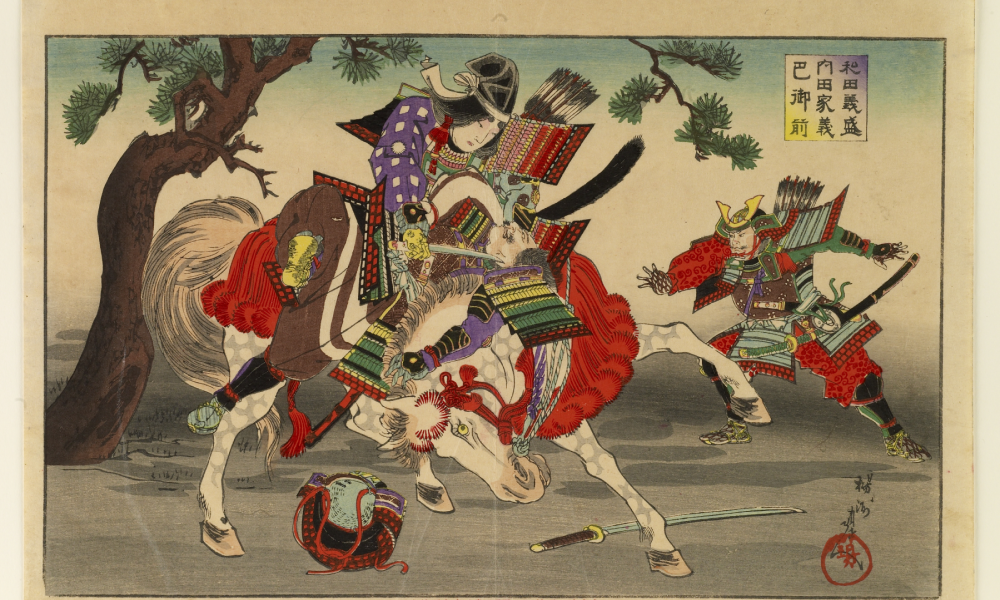
Ryder doesn’t just retell stories; he interprets them. He shows how these figures shaped values like loyalty, justice, and honor. Many weren’t just fighters. They were thinkers, artists, rebels, and pioneers who lived in a world of change and conflict. Their stories speak to timeless themes in human history—facing fear, fighting for fairness, or standing up for what’s right.
Echoes of the Past in Modern Life
One of the book’s strongest points is how it connects historical characters to modern life. These warriors may have lived hundreds of years ago, but their spirit still influences people today. Especially young people searching for meaning and direction in today’s complex world.
Through social media, TV shows, video games, and anime, these fighters still influence us. We find characters inspired by samurai values—discipline, sacrifice, honor—in everything from superhero movies to anime protagonists. And it’s not just fiction; these heroes’ values still resonate in modern Japan and beyond, impacting how people live, interact, and even make decisions today.
Tomoe Gozen, for example, challenges the idea that only men could be warriors. Her story resonates in a time where gender roles are constantly being questioned and redefined. Meanwhile, figures like Minamoto no Yorimitsu (Raiko) continue to inspire creators and storytellers across cultures.
Pop Culture and Global Reach
Ryder also explores how Japanese fighters have made their way into global pop culture. Their stories don’t just belong to Japan anymore. From the influence on pop culture of Kurosawa’s samurai films on Hollywood, to samurai themes in Star Wars and The Last Samurai, these characters have become global icons, influencing art and thought across borders.
In the United States, especially, the image of the lone warrior or disciplined swordsman is a popular one. Japanese fighters have become part of a shared cultural vocabulary—used to explore themes of honor, isolation, redemption, and strength.
Even in popular music, their legacy is felt. Many songs and lyrics draw from warrior-like emotions: the fight against adversity, the battle for self-identity, or the power of inner strength. These themes continue to bring people together through shared emotions and aspirations that transcend time and culture.
A Book That Balances Story and Insight
What makes Japanese Fighting Heroes so enjoyable is its structure. Each chapter is short and easy to follow, almost like a standalone tale. You can read one or two at a time and still feel like you’ve learned something meaningful. Ryder mixes historical fact with a storytelling approach that keeps the pace flowing and makes the experience engaging for both casual readers and scholars.
The book isn’t just about warriors in armor. It also features artists, poets, political thinkers, and reformers. This broader definition of “fighting hero” reminds readers that heroism comes in many forms—not just on the battlefield, but also in ideas, actions, and beliefs that move society forward.
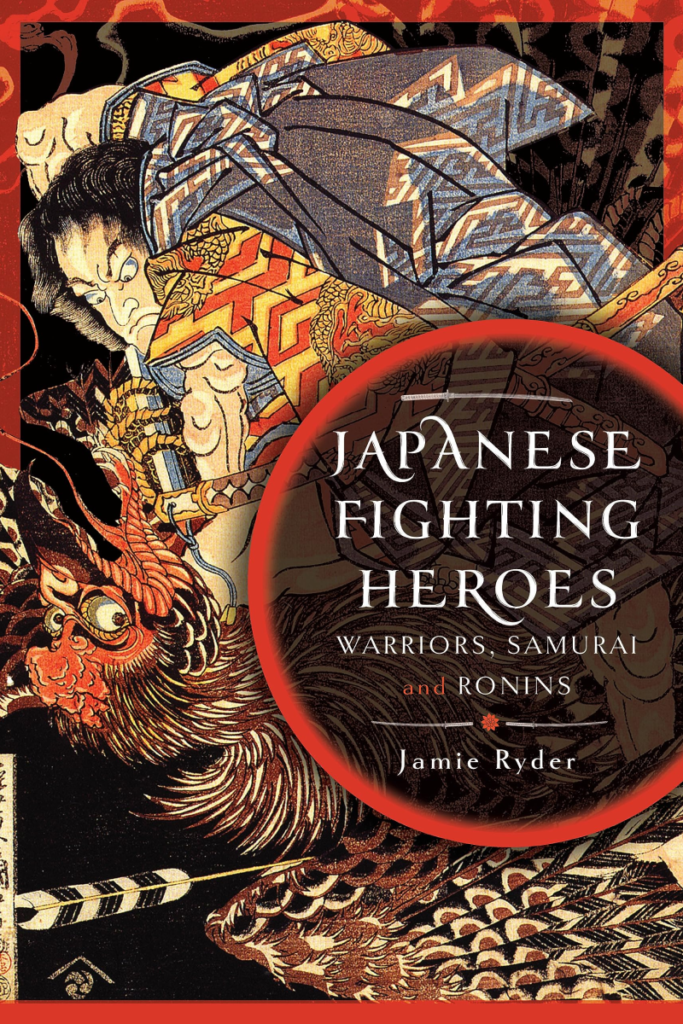
Exploring Culture Influence and Belief
A major strength of the book is how it weaves in cultural and religious context. Ryder explains how traditions like Shinto and Buddhism played a role in shaping these fighters’ beliefs and how they saw the world. This adds depth and helps readers unfamiliar with Japanese religion or philosophy understand the full picture behind each story.
Ryder also tackles the idea of bushido—the “way of the warrior.” He takes a thoughtful look at how this philosophy developed and how people employed it during various historical periods, including world wars and times of nationalism, rather than romanticizing it. This is a smart reminder that the narrative’s controller dictates whether ideas, like people, serve good or bad purposes.
Making the Japanese Fighters Feel Human
Perhaps the most touching part of the book is how human the characters feel. These aren’t just distant names from the past. Ryder writes about their doubts, struggles, sacrifices, and victories. They feel real because they were real—or at least, based on real emotions and values that still exist today.
Even in a world filled with new technology and fast communication, their stories remind us of the importance of purpose and principles. They help us understand ourselves better by reflecting on how others handled conflict, change, and uncertainty—issues that are still very much present in the lives of young people today.
Real-Time Influence in a Digital Age
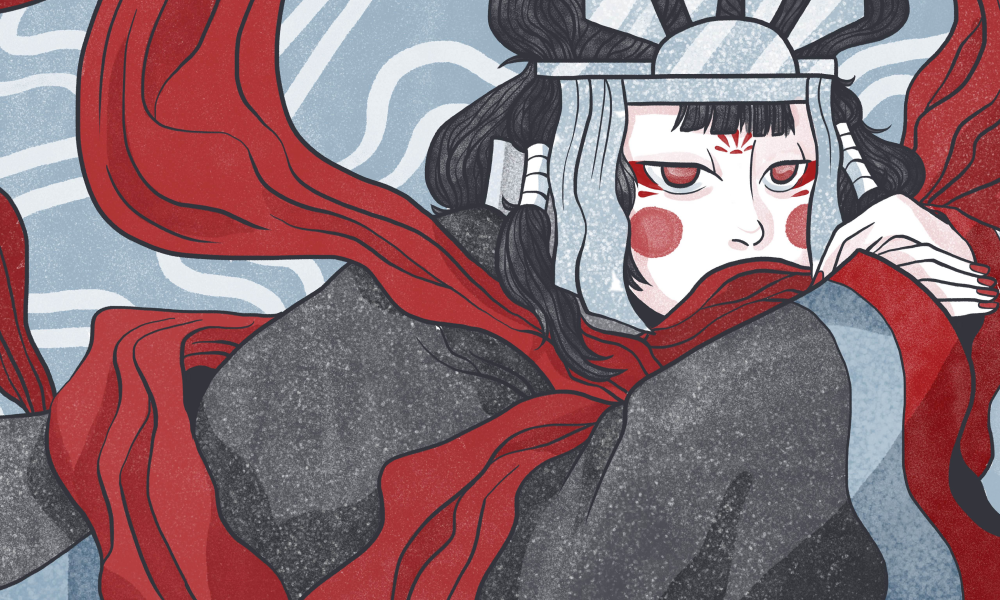
One of the more subtle but brilliant observations in the book is how these heroes continue to influence people in real time. On social media, you’ll find quotes, fan art, character references, and discussions all rooted in these historical figures. Some stories go viral. Others inspire creators to make new content inspired by ancient principles.
Whether it’s a student looking up to Tomoe Gozen’s strength, or a filmmaker referencing Raiko’s courage, the impact is still alive and growing. These stories are now shared in formats that are accessible to global audiences—Instagram reels, YouTube shorts, and TikTok tributes.
This real-time engagement shows how cultural influence isn’t frozen. It’s dynamic, always adapting, always re-emerging in new forms. Ryder’s book makes this point clearly and convincingly, showing that the spirit of the warrior continues to evolve with every retelling.
A Timely Message for Today
As the world changes rapidly and people search for stories that feel real, Japanese Fighting Heroes delivers something both meaningful and lasting. These fighters weren’t just part of history. They helped make history. And they still shape how we see values like honor, loyalty, identity, and freedom.
Young people especially can learn from these stories—not just about the past, but about how to live with courage and purpose today. The book is a reminder that strength isn’t just about power. It’s about values, clarity, and the ability to stand firm when it matters most. These figures were more than warriors; they were examples of how to live.
The Enduring Power of Narrative
Ryder’s work is a testament to how storytelling preserves history in a way that raw facts alone often cannot. Through myth, memory, and emotion, Japanese Fighting Heroes brings its subjects to life—not as distant relics, but as living examples of courage, conviction, and change. These stories have survived not because they were carved in stone, but because they were passed from person to person, generation to generation.
Even now, in a world where attention spans are fleeting and digital trends come and go, these warriors remain. They live through our imagination, our retellings, and the lessons we draw from them. And maybe that’s the most important truth the book shares: legends endure because they touch something universal—something undeniably human. When told with the care and clarity Ryder provides, they don’t just help us understand the past. They help us shape the future.
Is Japanese Fighting Heroes: Warriors, Samurai and Ronins Worth Reading?
Without a doubt, Japanese Fighting Heroes is a book worth reading. Whether you’re passionate about Japanese history, fascinated by mythology, or curious about how traditional values still influence popular culture, this book delivers both knowledge and heart. Jamie Ryder’s writing is accessible yet rich in detail, making complex themes easy to grasp without losing their depth.
It’s especially recommendable for those who want to understand the cultural roots behind many characters and themes in anime, films, or games. But even beyond fandom, it’s a thought-provoking read that connects history to the present moment in a way that feels relevant, inspiring, and deeply human.
0 Reviews
Anime and Japan lover, book reader, and fashion enthusiast, Jennifer B. writes factually, ensuring the news produced is authentic and trustworthy.



